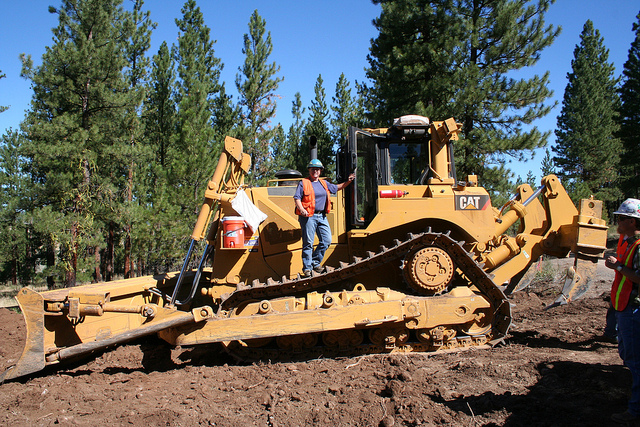Are you training your personnel on how to properly inspect your assets?
- Include inspections in your theory and practical training.
- Identify the items to inspect and explain what to look for on each item.

- Show the proper procedure and sequence for performing an inspection.
- Go over circle check inspections—where to start and where to finish.
- At the beginning of practical training, demonstrate and perform a circle check inspection of the asset.
- Follow up and observe trainees performing the circle check they previously learned.
- Document each inspection and keep records.
Why is a proper inspection so important, you might ask?
Here are some major benefits of performing proper inspections:
- Increased safety for operators and those around them.
- Reduced asset downtime—if it's down, it's not working to generate profit.
- Control and reduction of maintenance costs—it's cheaper to fix little problems.
- Elimination of major repair bills—We all know the no-oil story; don't check the OIL, replace the ENGINE.
- Reduction of production delays.
- Compliance with laws requiring inspections and documentation.
- Reduction and control of injuries—defective or flying parts cause many injuries.
- Identification of potential problems before they materialize.
- Increased asset life.
The Bottom Line
Proper inspections save you money!
Image courtesy of Oregon Department of Forestry, Creative Commons.











